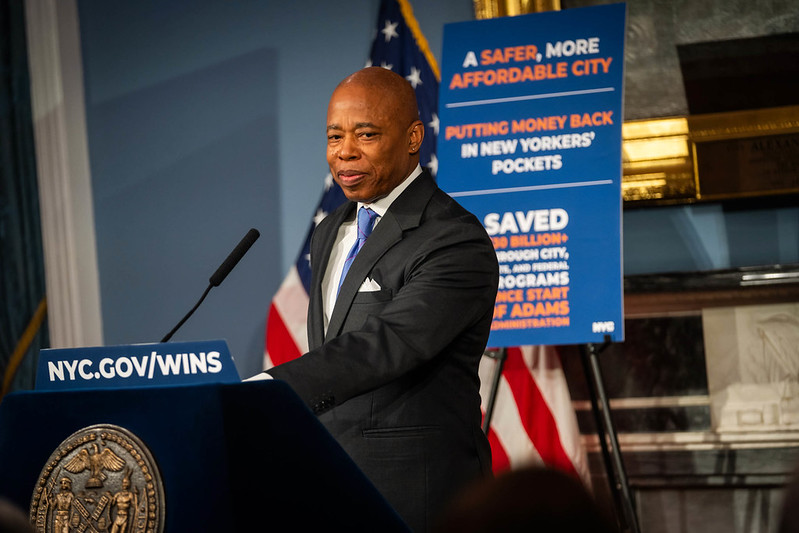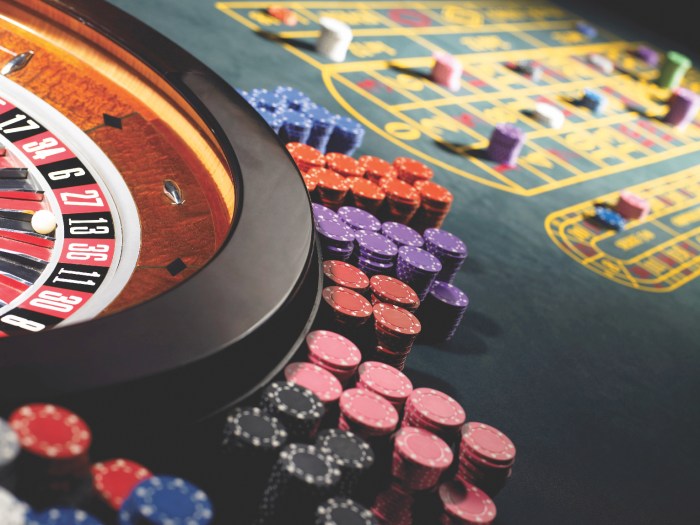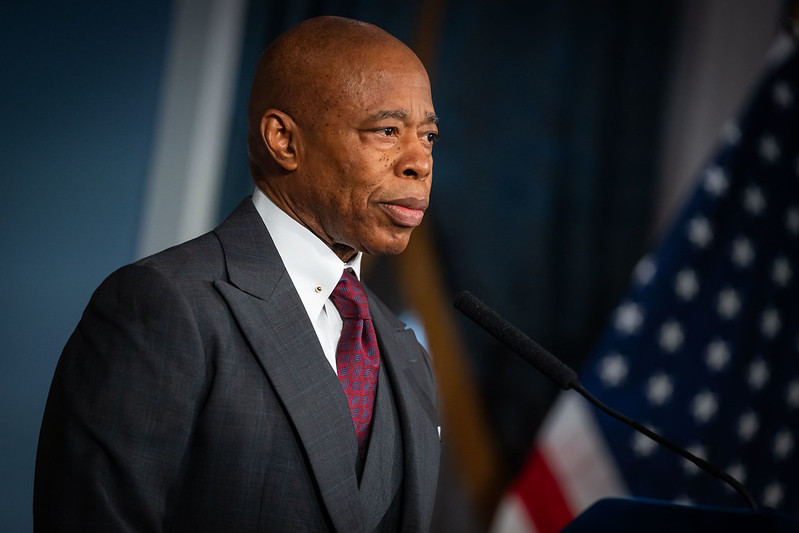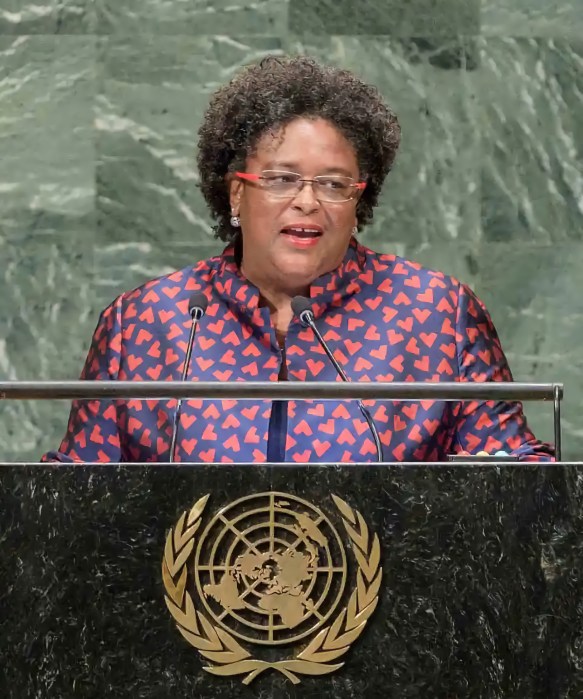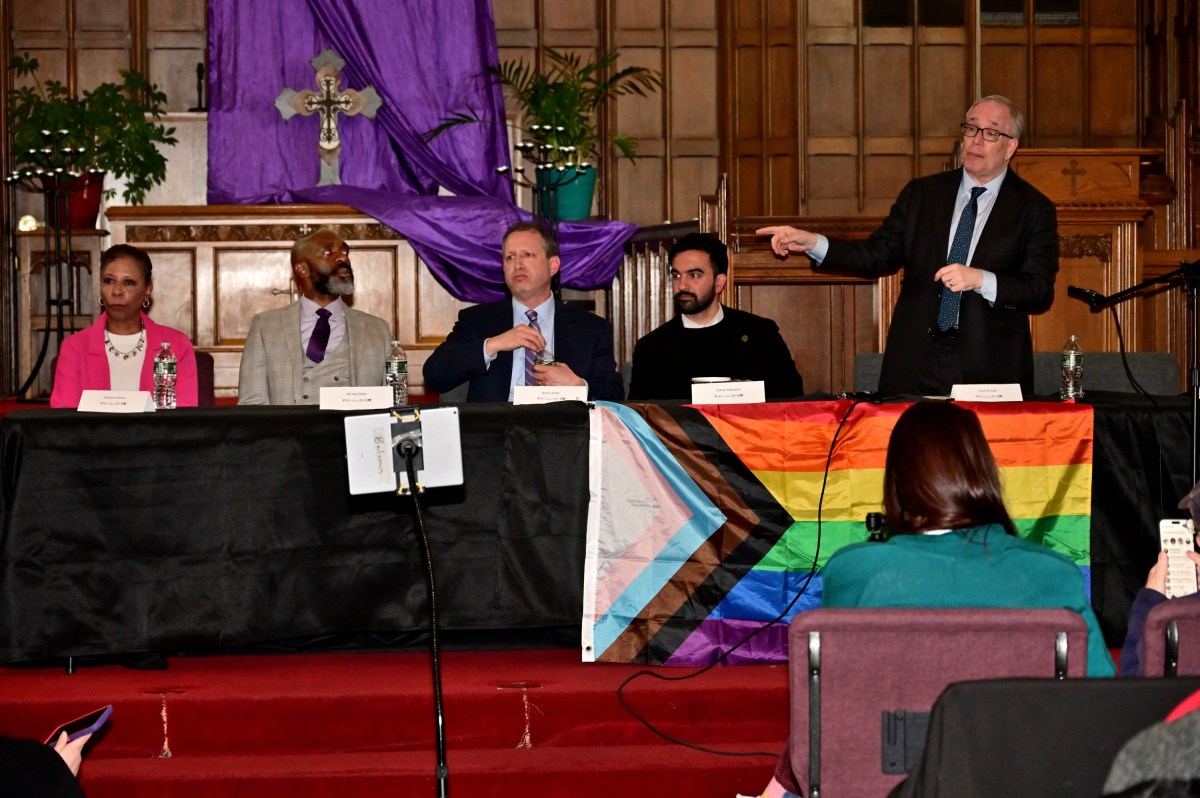It took a global pandemic that exposed great economic suffering and inequality in New York for the Empire State to finally be on the cusp of fully legalizing marijuana.
State lawmakers and embattled Governor Andrew Cuomo announced an agreement late Saturday night to legalize the recreational use of cannabis in New York, setting up an outline for how this dramatic change will work for the state, the economy and its people.
For years now, medicinal marijuana has been legal in New York — though it’s been speculated that the main reason why recreational use wasn’t permitted earlier was not due to health concerns, but rather because no government wants to green-light a new drug industry, even if the cash injections of taxing this drug would be gargantuan.
Obviously, there’s new momentum behind Cuomo’s plan. The state is thinking green here — as in dollar bills, not marijuana leaves. Dispensary sales will be taxed at 13 percent, with nine percent going to the state to fund specific priorities. New York will use a portion of the levy to provide grants to community-based organizations that advance adult literacy, job placement and childcare services. Money will also go to education and mental health services focused on drug abuse prevention.
Although the American Rescue Plan has been received favorably, states have bled so much money during the COVID-19 pandemic that every taxable industry conceivable should be fully annexed, lest our essential services go up in smoke.
We want to recover, better, faster and stronger. Decriminalizing marijuana helps accomplish that goal on a variety of levels.
Legalization shifts police resources on to other things and will help free thousands of New Yorkers wrongly jailed for minor offenses. A significant excise tax for marijuana purchases will pump billions of dollars in new cash into the state economy over the next decade.
Moreover, the approved plan also incorporates the desire for weed-seller licenses to go to women and minority populations. Fifty percent of marijuana business licenses will be issued to people from communities disproportionately impacted by the enforcement of cannabis prohibition as well as minority and women-owned businesses. Let’s be honest: an ounce of the green stuff is going to rake in a hell of a lot more profit that the gumball mom-and-pops of yore. There’s great economic opportunity here that cannot be wasted.
Public safety questions abound, and perhaps the biggest concern is for the streets. How will police be able to stop drivers who are under the influence of marijuana from getting behind the wheel?
The plans call for a research study to develop better methodologies to detect cannabis-impaired drivers, and additional funding for drug recognition and law enforcement experts to help keep the streets safe.
But with those questions unanswered, there will likely be inconsistent policing and enforcement of the rules.
While it’s high time for marijuana to be legalized in New York, there is much to do to ensure its legalization works out for the best.
Up to speed on legal weed
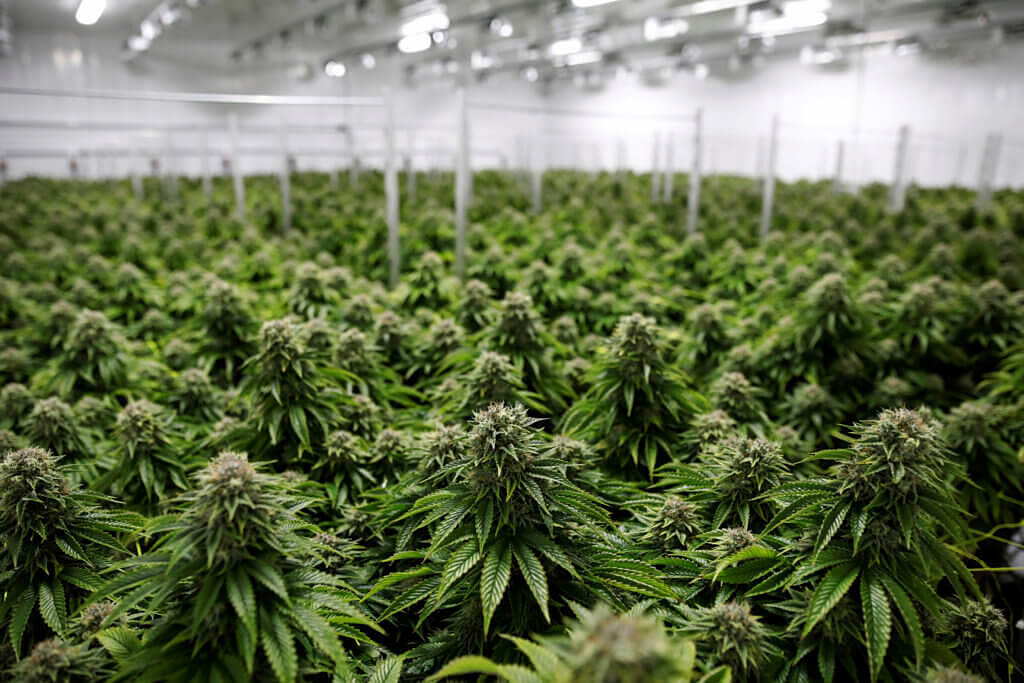
Chemdawg marijuana plants grow at a facility in Smiths Falls, Ontario, Canada, Oct. 29, 2019.
REUTERS/Blair Gable/File photo


